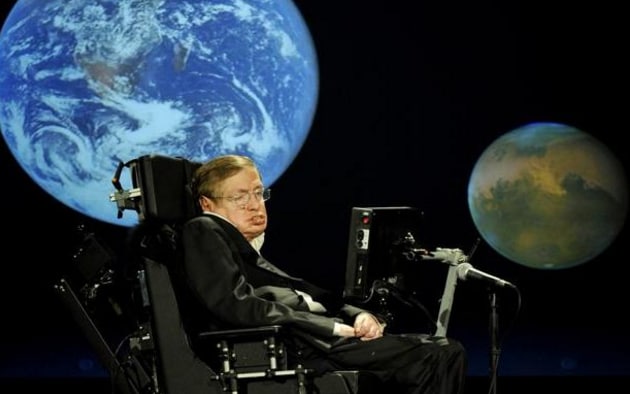
Prof Stephen Hawking is to unveil a new space exploration project. The Telegraph photo.
Washington, 12 Rabi’ul Awwal 1438/12 December 2016 (MINA) – NASA researchers have joined forces with Stephen Hawking to build a nano-starship that can travel one-fifth the speed of light, independent.co.uk reported.
Also Read: Zohran Mamdani Affirms Full Support for Palestine and Zionist Boycott Movement
If successful, the ship, called “StarChip” could reach Earth’s closest star system, Alpha Centauri, in 20 years.
Despite being visible in the night sky without a telescope, Alpha Centauri is 25 trillion miles away (4.3 light years) and would take around 30,000 years to reach with current technology.
Starshot project in April, for which he is joined by a team at the Korea Institute of Science and Technology. But whether the craft could survive a two decade-long trip remained in question.
That’s where NASA can help.
Also Read: Macron Urges Joint France-UK Recognition of Palestinian State
According to their researchers, high-energy radiation in space could cause the ship to cease functionality well before the 20-year trip was over, according to Science Alert.
Some options
Also Read: Prabowo and Lula da Silva Discuss UN Reform
NASA proposed a number of options to pursue in the development stages of the project. They presented their findings at the International Electron Devices Meeting in San Francisco this week.
First, adjust the route of the flight to avoid those high-radiation areas. But that could add years to the voyage and would not necessarily protect the ship from degradation.
Second, they proposed the ship could be built with protective shielding on the electronics. But adding shielding to the ship would add to the size and weight and thus slow down the remarkable speed of the craft.
Third, NASA researchers proposed a silicon chip that would automatically repair itself.
Also Read: US Sanctions UN Expert Francesca Albanese Over Israel Criticism
“On-chip healing has been around for many, many years,” Nasa team member Jin-Woo Han said in the presentation.
Still the research is only theoretical and researchers have significant work to do to address other major problems in interstellar travel.
“The limit that confronts us now is the great void between us and the stars,” Mr Hawking said in April. “But now we can transcend it. With light beams, light sails, and the lightest spacecraft ever built, we can launch a mission to Alpha Centauri within a generation.
“Today, we commit to this next great leap into the cosmos because we are human, and our nature is to fly.” (T/R07/R01)
Also Read: Heat Wave Across Europe Causes 2,300 Deaths, Study Finds
Mi’raj Islamic News Agency (MINA)







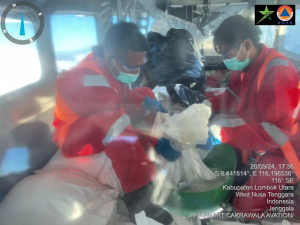





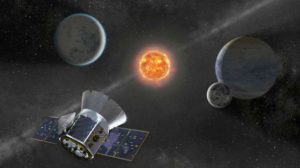
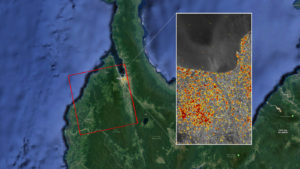

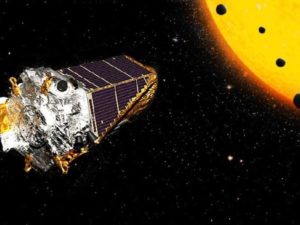

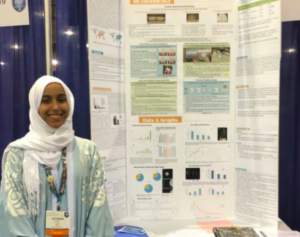




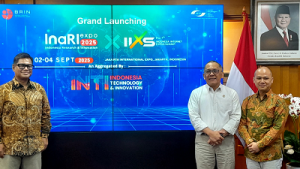










 Mina Indonesia
Mina Indonesia Mina Arabic
Mina Arabic